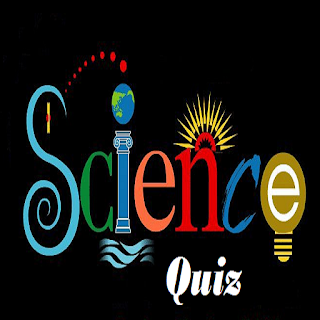LESSONS FROM HIROSHIMA
LESSONS
FROM HIROSHIMA
Nikunja Bihari Sahu
Before the US Bomber Enola Gay detonated the world’s
first nuclear device that flattened the Japanese city of Hiroshima on 6th
August, 1945, little did humanity know about the lethality of nuclear warfare. We
are convinced again of the awesome power of nuclear energy when a second device
was unleashed over Nagasaki three days later. The devastations caused by these
twin blasts were immense and unparalleled in history as evident from the fact
that more than 2,00,000 people, mostly civilians, were killed within the first
two months of the explosion with half of the casualties resulting almost
instantly.
Similarly, the Fat Man measures 128 inches in
length and 60 inches in diameter weighing about 4670 kg. It was an implosion type nuclear weapon with a solid
plutonium core weighing about 6.4 kg.
Its blast yield was equivalent to 21 kilotons of TNT.
HOW
DOES A NUCLEAR BOMB WORK
Uranium and Plutonium are the two common
fuels used for making nuclear weapons with the fissile isotopes being U-235 and
Pu-239 respectively. While U-235 isotope is a naturally occurring substance
with an abundance of only 1% of the total Uranium reserve on Earth, Plutonium,
on the other hand, is not at all found in nature. Hence, the biggest challenge
in making a nuclear weapon is producing enough quantity of these isotopes from
their elements available in nature.
A Uranium bomb requires converting refined
Uranium into gaseous form and then spinning it at very high speed in Centrifuges
to separate fissile U-235 isotopes. This has to be done repeatedly through
cascades of centrifuges to ensure a very high order of enrichment. While
Uranium, used in nuclear power reactors for generating electricity, is required
to be enriched up to only 3% - 4%, weapon grade Uranium is more
than 90% enriched to ensure a very high rate
of fission. However, building enough number of centrifuges and getting
them to spin very fast in unison to isolate enough quantity of weapon grade
Uranium is the greatest technical challenge in this process.
On the other hand, although Plutonium (Pu-239)
is not found naturally, it is produced in appreciable quantities by extracting
it from irradiated Uranium fuel through a reactor. Because it is more fissile,
less Plutonium fuel is required for making a weapon.
The simplest design is the Gun type device
which involves firing of one chunk of fissile material into another at a very
high speed using conventional explosives. The Little Boy weapon dropped on Hiroshima
was primarily a Gun type device with about 64 kg of highly enriched Uranium
fuel.
A
more sophisticated design, which requires less fissile material, is the Implosion
type device in which a core of Plutonium is surrounded by an array of explosives
assembled to go off simultaneously to compress the core strong enough to ensure
triggering of the Chain Reaction. The Fat Man weapon dropped on Nagasaki was an
implosion type device with nearly 6 kg of Plutonium fuel.
The heart of a nuclear explosion instantly reaches a temperature of
several million degrees similar to the temperature inside the Sun’s core vaporizing
all human tissues leaving their shadows only to be captured in photographs.
Most casualties, about 90%, occur just aftermath the explosion as people are killed
by the heat and blast effects and by violent hurricane like winds. Survivors will be affected within a few days by
radioactive fall-out leading to biological complications like hair loss,
bleeding from the mouth and gums, internal bleeding and hemorrhagic diarrhea,
gangrenous ulcers, vomiting, fever, delirium and terminal coma for which there
is no effective treatment. In the long
term effect, cancer is induced by radiation exposure. Besides this, our fragile
environment will also be greatly affected with the destruction of the Ozone
layer and the onset of nuclear winter. It is estimated that it would take
only 100 super bombs to wipe out the entire human population from the face of our
planet. As Einstein has rightly stated, “I do not know with what weapons World
War III will be fought, but World War IV will be fought with sticks and
stones.”
NUCLEAR
FREE WORLD
Some of the world’s leaders are tempted
to advocate the possession of nuclear weapons owing to their effective role as
deterrents. However, most nuclear powers like the USA and Russia are
responsible nations and have robust mechanism in place to avoid a nuclear war. The
prime concern today is the chance of passing of nuclear weapons to wrong hands
like international terrorist groups and oppressive regimes that do not care for
the dignity of human life. Although
the leaders of some nuclear armed nations have expressed their desire for arms
control and nuclear disarmament through various treaties like NPT, CTBT our
destination for a completely nuclear free world has not been reached.
Education Officer
Regional Science Centre
Bhopal









Comments
Post a Comment